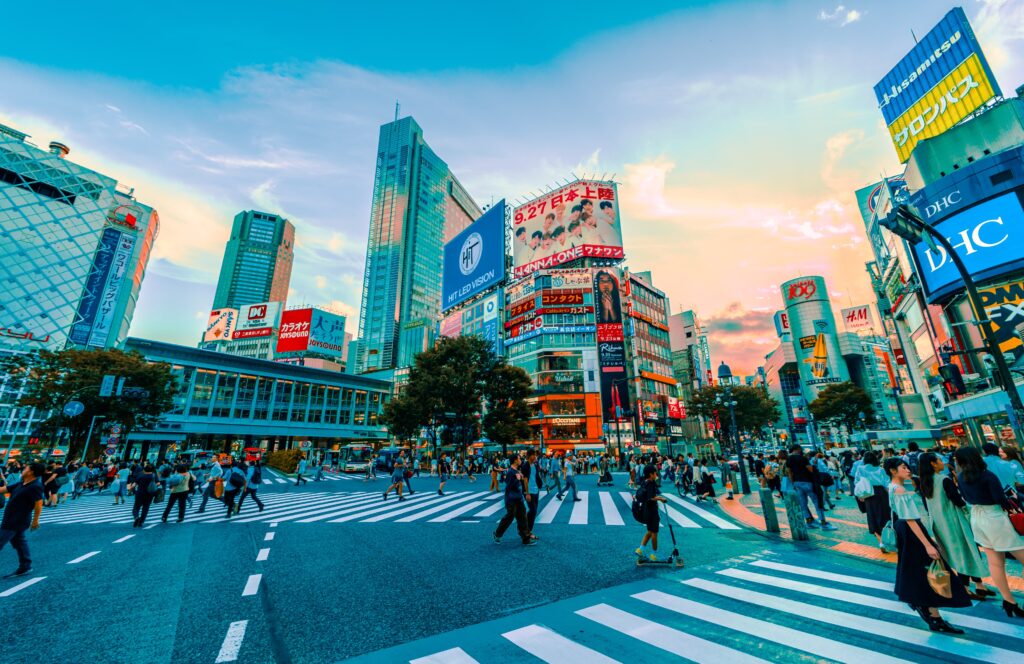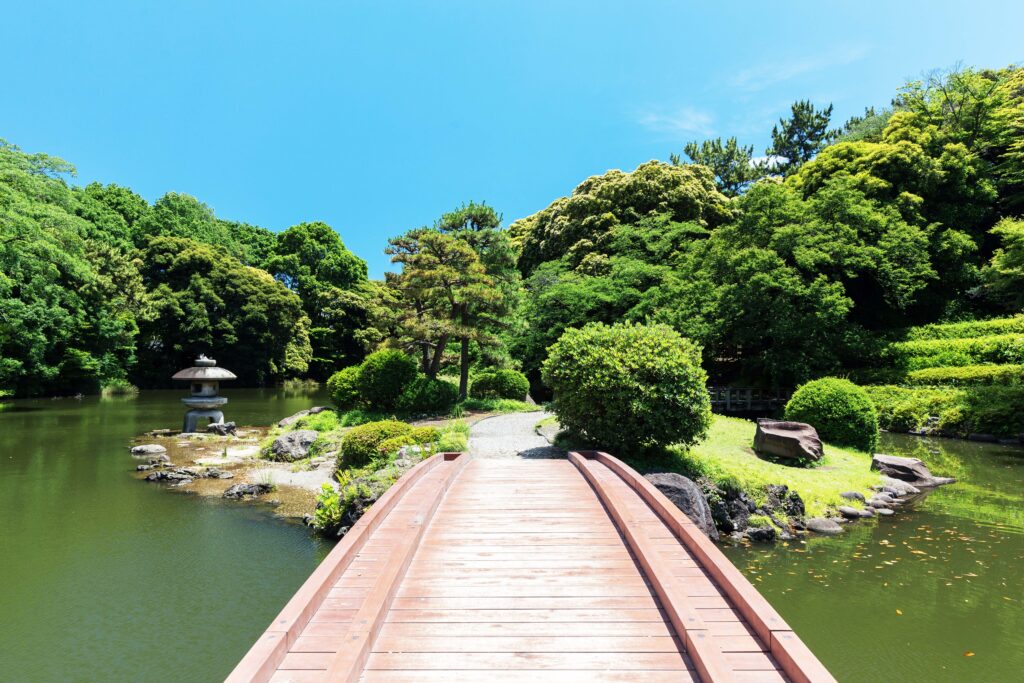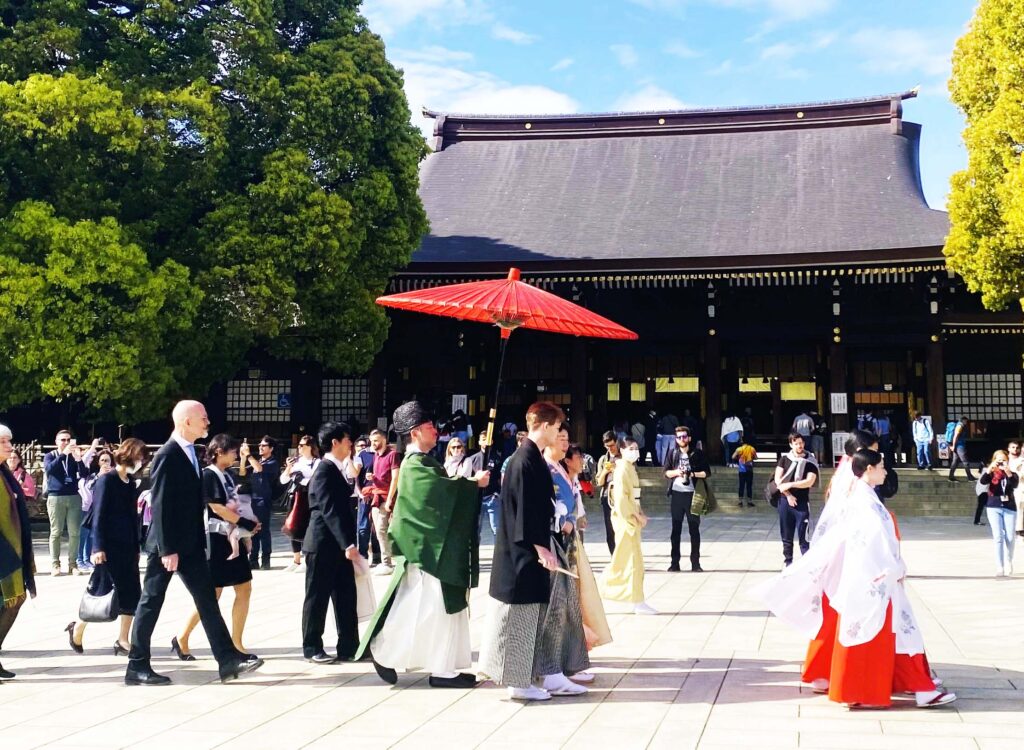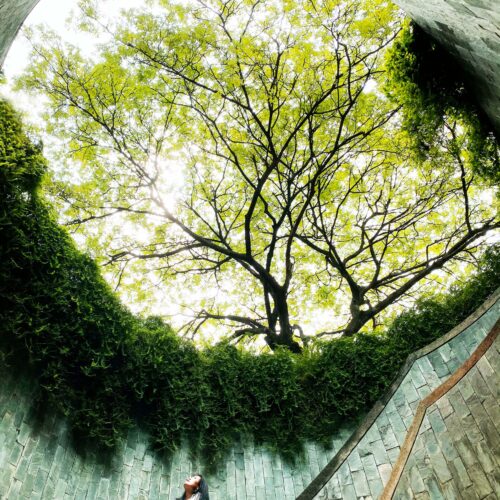
Tokyo, the bustling capital city of Japan, is a vibrant and dynamic metropolis that seamlessly blends the ancient traditions of the East with the modern innovations of the West
With a population of over 13 million people, Tokyo is one of the world’s largest and most densely populated cities, offering a seemingly endless array of cultural, culinary, and entertainment options.
From its towering skyscrapers and neon-lit streets, peaceful parks and historic temples, cherry blossom seasons and the love for baseball, Tokyo is a city that never fails to captivate and inspire visitors from around the globe.
Here are eight great things to do in Tokyo:
- Visit the Tokyo Skytree – This tower is the tallest in Japan and offers breathtaking panoramic views of the city. It’s a great spot to visit during the day or at night when the city is lit up.
- Explore the Tsukiji Fish Market – This famous market is a great place to try some of the freshest and most delicious sushi in the world. It’s also an exciting place to see how the seafood industry operates in Japan.
- Check out the Shibuya Crossing – This busy intersection is one of the most famous in the world, and it’s a must-visit spot in Tokyo. You can stand on the pedestrian overpass and watch the crowds of people crossing the street from all directions.

- Take a stroll in Shinjuku Gyoen National Garden – This stunning park is a peaceful oasis in the middle of the city. It features a variety of gardens, including a traditional Japanese garden, and is a great place to relax and take a break from the hustle and bustle of Tokyo.
- Visit the Meiji Shrine – This famous Shinto shrine is dedicated to Emperor Meiji and is located in a forested area in the city’s heart. It’s a peaceful and serene place to visit and offers a glimpse into Japan’s rich history and culture.
- Try some street food in Harajuku – This trendy neighborhood is known for its fashion and street food. You can find everything from crepes to savory snacks, and it’s a great spot to people-watch.
- Visit the teamLab Borderless Digital Art Museum – This museum is a unique and immersive experience that combines art and technology. It features a variety of interactive exhibits and installations that are sure to amaze and delight.
- Take a day trip to Mount Fuji – This iconic mountain is located just a few hours outside Tokyo and is a popular spot for hiking and sightseeing. You can take a bus or train from Tokyo and spend the day exploring the area around the mountain.
Did you know?
Tokyo has one of the world’s most efficient and extensive public transportation systems. In addition to the famous Tokyo Metro, the city also has an extensive bus network, an efficient and convenient JR train system, and a variety of private railways and monorails.
Tokyo trains are known for being punctual, with delays of just a few minutes being considered a significant problem. This means getting around the city is usually quick, easy, and stress-free.
A little history:
Tokyo, Japan’s capital city, has a rich and fascinating history that dates back centuries. The town was initially called Edo and was a small fishing village until the 12th century when a castle was built in the area. Edo grew rapidly in the 17th century when it became the seat of the Tokugawa shogunate, a feudal military government that ruled Japan from 1603 to 1867.
 During the Edo period, which lasted from 1603 to 1868, Edo became one of the largest cities in the world, with a population of over a million people. The city was known for its thriving arts and culture scene and well-organized and efficient governance. However, Edo was also a city of stark contrasts, with extreme poverty and suffering among the lower classes.
During the Edo period, which lasted from 1603 to 1868, Edo became one of the largest cities in the world, with a population of over a million people. The city was known for its thriving arts and culture scene and well-organized and efficient governance. However, Edo was also a city of stark contrasts, with extreme poverty and suffering among the lower classes.
In 1868, the Tokugawa shogunate was overthrown, and Edo was renamed Tokyo, meaning “eastern capital.” Tokyo became the capital of the newly-formed Meiji government, which aimed to modernize Japan and make it a world power.
Over the next several decades, Tokyo underwent significant changes, with the construction of modern infrastructure, such as railroads, telegraph lines, and modern buildings. Tokyo was also the site of several important events in Japanese history, including the Great Kanto Earthquake of 1923 and the devastation of World War II.
After the war, Tokyo underwent a period of rapid economic growth and modernization, becoming one of the world’s largest and most influential cities. Today, Tokyo remains a thriving center of art, culture, commerce, and technology and continues to play a vital role in shaping Japan’s future.


